Hello everyone, what is your gut feeling? How far will gold correct after the strong rise? According to Gemini, historically corrections of 20-30% are normal after such a rise.

Gold
Price
Discussion about 965515
Posts
81Gold new asset rocket? 🚀😜
Woah 😦 $965515 (+0.43%) Gold has in this month more than 5% return made!
That's why I'm very interested in these questions:
What do you.
Why is that the case?
What do you with the info?
Is it about...
Because of an coming crisis?📉
Because of the September stock market slump?🤫😂Or simply because of chance?🤡
How do you see you that?
Write it in!
Let's exchange!
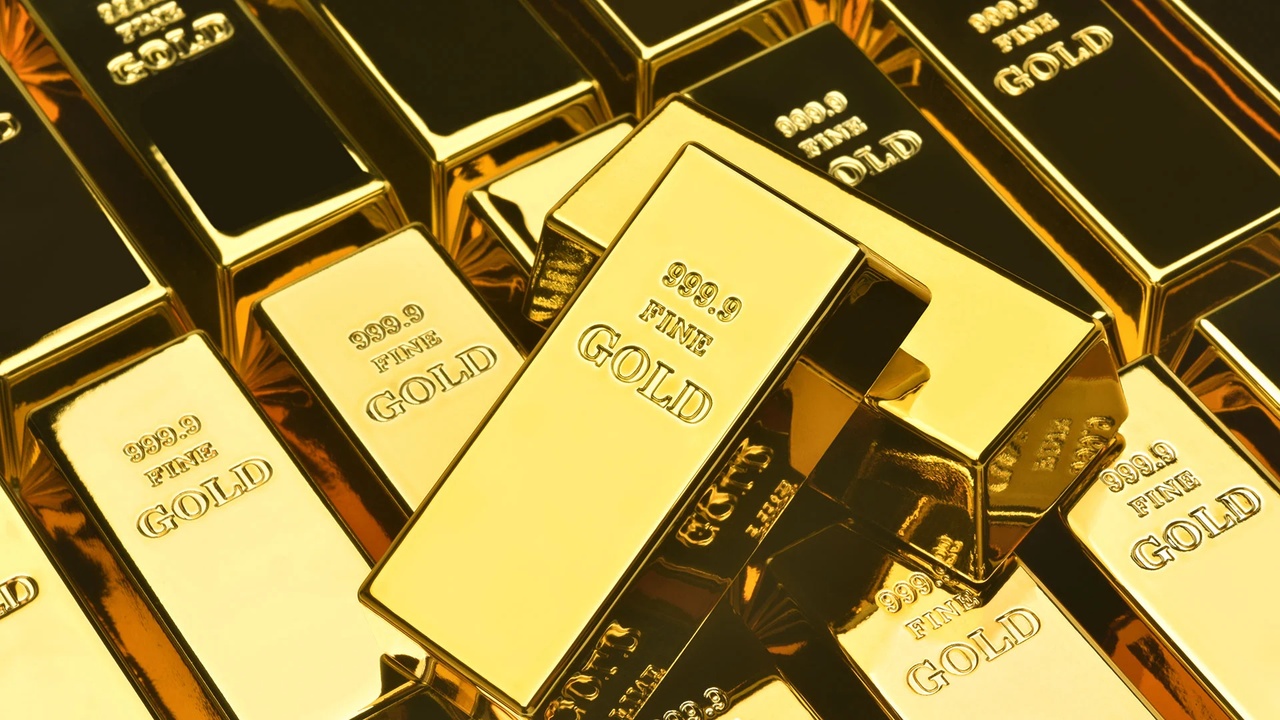
Patting myself on the back for adding gold to my portfolio a year ago
21Shares BOLD ETP - Gold meets Bitcoin in a balanced investment product
Have you ever thought about how you can not only diversify your portfolio, but also make it more stable? For example, through a mix of gold and Bitcoin, which together can help to reduce the drawdown and at the same time increase the potential returns?
The 21Shares Bytetree BOLD ETP (ISIN CH1146882308) $BOLD (-0.57%) combines the characteristics of gold and Bitcoin in one product. The weighting is adjusted monthly according to the principle of inverse volatility: The less volatile asset receives a higher weighting, while the more volatile asset is weighted correspondingly lower. This creates a dynamic balance between stability and growth opportunities.
The ETP is physically backed, i.e. the units are actually backed by gold and Bitcoin. With annual costs of around 0.65% and accumulation of income, the product has a transparent structure. The fund volume is still small at around EUR 20-30 million, but the performance since launch has been very strong: in 2023 it was around +14%, in 2024 even +58%. Over the year (as at summer 2025), the return is around +40 %, with volatility of around 27 %.
Risks of the 21Shares BOLD ETP (CH1146882308)
1. high volatility
Despite the "balance" strategy, Bitcoin remains a very volatile asset. Price fluctuations of double-digit percentages in a short period of time are possible.
2. issuer risk
This is an ETN. This means that you are a creditor of the issuer (21Shares). In the event of insolvency, there could be problems with repayment - despite physical collateralization.
3. low fund volume
With a current fund size of only around EUR 20-30 million, the product is relatively small. This can have an impact on tradability (liquidity, spread).
4. market risk of gold
Gold also fluctuates, albeit much less than Bitcoin. Gold can come under pressure, particularly in phases of rising interest rates.
5 Regulatory risk
Cryptocurrencies are heavily dependent on regulation. Changes in legislation could have an impact on tradability or taxation.
6. costs
At 0.65% TER, the product is more expensive than traditional ETFs. However, it can provide tax savings in the custody account as you do not have to reallocate.
7. currency risk
The product is traded in CHF/EUR/GBP. If you invest in euros, you also have an exchange rate risk against the US dollar (as gold and Bitcoin are quoted in USD).
"Possible 1-year scenarios of the 21Shares BOLD ETP (example: USD 10,000 investment) from the fact sheet" - recalculations
Stress scenario (2017-2018): USD 530 → -94.7%
Pessimistic scenario (2018-2019): USD 2,710 → -72.9 %
Medium scenario (2023-2024): USD 14,970 → +49.7 %
Optimistic scenario (2016-2017): 143,770 USD → +1,337.7 %
What does your asset allocation look like? What do you think of BOLD? How do you weight gold, BTC etc.?
BOLD | 21Shares Bitcoin Gold ETP https://share.google/n1eapJCeUCXvoxcd9

Gold as a hedge against inflation?
Gold as a hedge against inflation?
Over the past few weeks, I have been intensively researching the topic of gold as a hedge against inflation. I have come across many charts, articles and historical developments and videos that show a differentiated picture. It is often claimed that gold outperforms inflation in around 90% of cases. This is not statistically wrong, but does this automatically mean that it is a good inflation hedge?
This chart shows that gold has outperformed inflation over the long term from around 1982. However, the trend was not uniform. The gold price fell steadily from 1980 until the turn of the millennium. From then on, it went sideways until the 2008 financial crisis, with a slight increase from 2006. After the 2008 financial crisis, the price of gold rose sharply. In 2014, political events such as the annexation of Crimea led to another decline. In the years that followed, the gold price tended to move sideways, rising slightly. The period from 2020 is particularly striking. Inflation rose sharply and gold was able to keep pace, but at times almost caught up.
This shows: Gold does not always react immediately to inflation. In times of crisis, it can offer a certain degree of protection, but it is not a guarantee. Even during the coronavirus pandemic, gold outperformed many indices in the short term - but often underperformed in calmer market phases with low inflation.
A look at the average return confirms this. Gold returns around 6.38% per year in the long term. The MSCI World achieved around 10.19 % over the same period. This means that, on average, gold yields just under 4 % less per year. This is not insignificant, especially if you want to build up assets over the long term.
Of course, there are arguments in favor of gold. Its value has been stable for centuries and it has survived wars, currency crises and economic upheavals. It is not a product with counterparty risk, is physically tangible and makes perfect sense in extreme scenarios. But gold also has weaknesses. It fluctuates in price, is not immune to losses, does not generate an ongoing income and, as a commodity traded in US dollars, is subject to additional currency risks for European investors.
If you look at all this soberly, the following conclusion remains in my view: gold can help to stabilize a portfolio, especially as an addition in turbulent phases. But it is not the reliable inflation hedge that it is often portrayed as. Investors who rely exclusively on gold often miss out on returns in stable times, and even in crises there is no guarantee that gold will actually provide protection.
Gold can therefore be useful, but more as a supplement. Not as the sole hedge against inflation.
Thanks for reading. I am always grateful for feedback.
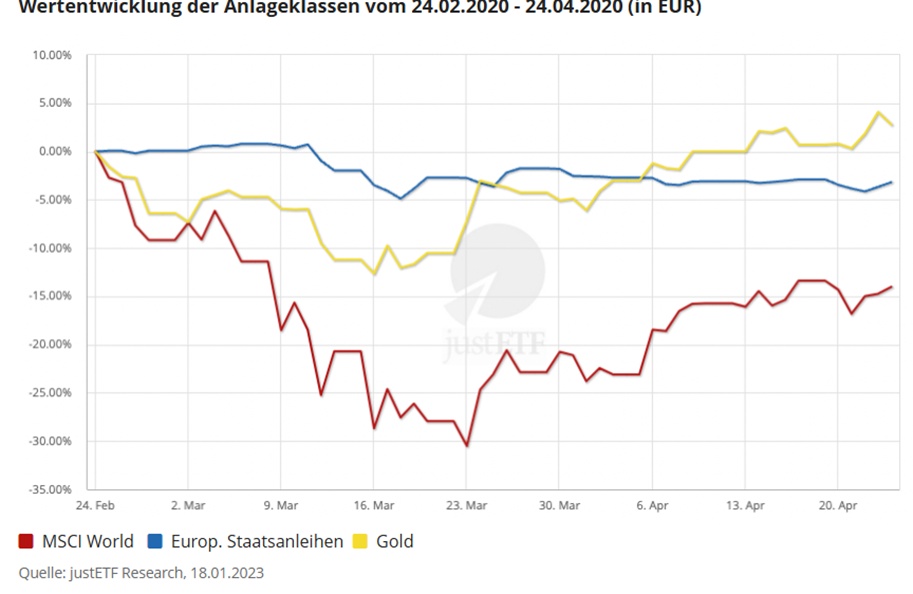
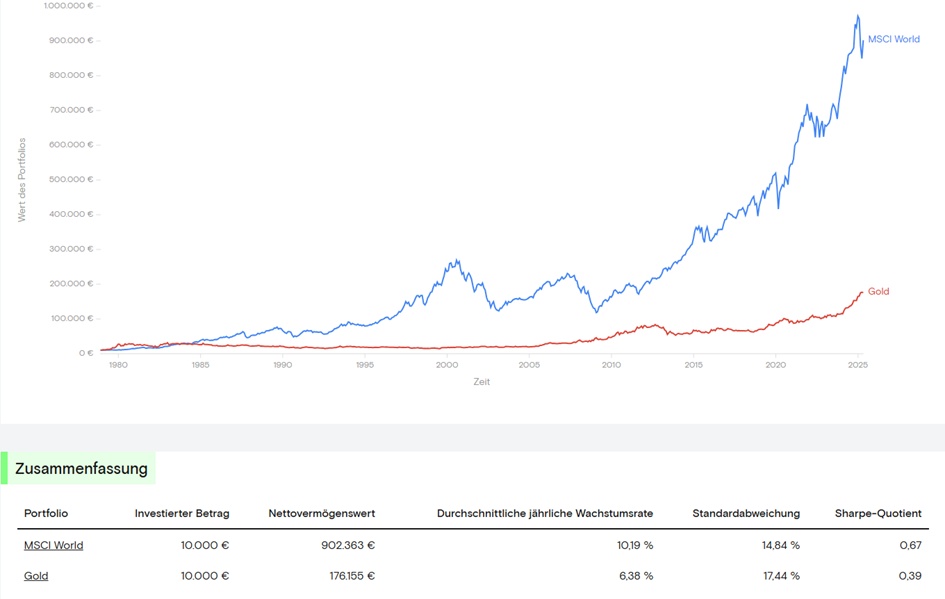
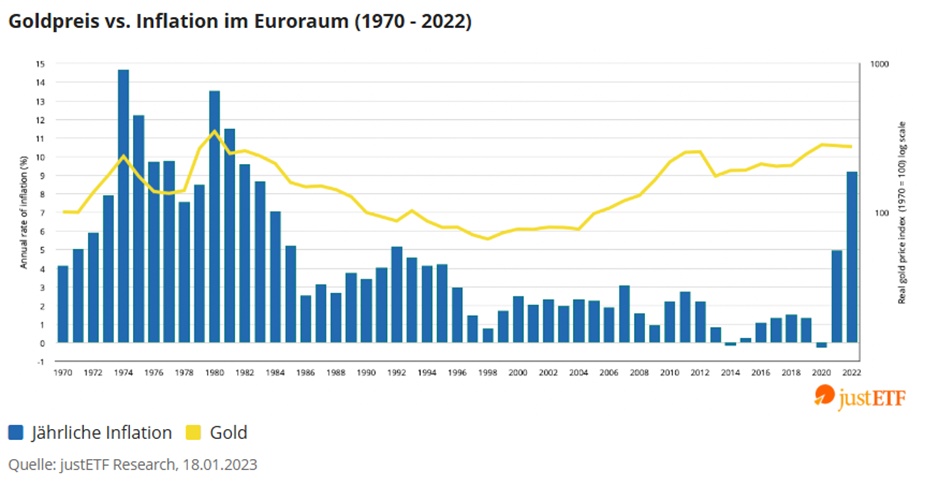
HennRes | Oil price development & what could happen next?
Following the Israeli attack on Iranian nuclear facilities on June 13, 2025, oil prices skyrocketed. $IOIL00 (-0.69%) rose to USD 77 per barrel, the sharpest increase since the coronavirus crisis in 2020. The market reacted with price losses, and shifts into $965515 (+0.43%) the US dollar and bonds.
Chapter overview:
I: Key facts
II: Strait of Hormuz
III: Oil Infrastructure
IV: Oil in connection with CPI data
V: Scenarios for this conflict
Let's take a sober look at the situation, is the oil price overreacting?
I: Key Facts
Iran currently produces around 3.3 to 4 million barrels of oil per day and exports around 1.5 to 1.7 million barrels, with the majority of these exports going to China. Should there be a shortfall in Iranian exports, for example due to attacks on production facilities or sanctions, this would be manageable for the commodities market in the short term. The daily volume corresponds to only a small part of the global oil demand of over 100 million barrels per day. This means that although the market will react to a shortfall, other producers such as the USA, Brazil or Saudi Arabia will be able to close part of the gap. The actual market reaction is therefore not primarily driven by a real supply shortfall, but by the fear of further escalation.
If we look at the status quo from a market psychology perspective, then the main cause of the price jumps is uncertainty about a possible spread of the conflict to the entire Gulf region. After all, this region is responsible for around a fifth of global oil shipments, as it is home to key oil-producing countries such as Saudi Arabia, Iraq, the United Arab Emirates and Kuwait. The mere possibility that the conflict could spread and other countries or production facilities could be affected leads to risk premiums on the futures market. Traders are therefore buying oil futures as a hedge against possible supply chain issues, which is also driving up prices. The fear of a blockade of the Strait of Hormuz, one of the world's most important oil transport routes, is a particularly strong price driver.
II: Strait of Hormuz
𝖣𝗂𝖾𝖾 𝖲𝗍𝗋𝖺ß𝖾 𝗏𝗈𝗇 𝖧𝗈𝗋𝗆𝗎𝗌 𝗏𝖾𝗋𝖻𝗂𝗇𝖽𝖾𝗍 𝖽𝖾𝗇 𝖯𝖾𝗋𝗌𝗂𝗌𝖼𝗁𝖾𝗇 𝖦𝗈𝗅𝖿 𝗆𝗂𝗍 𝖽𝖾𝗆 𝖦𝗈𝗅𝖿 𝗏𝗈𝗇 𝖮𝗆𝖺𝗇 𝗎𝗇𝖽 𝖽𝖾𝗆 𝖠𝗋𝖺𝖻𝗂𝗌𝖼𝗁𝖾𝗇 𝖬𝖾𝖾𝗋. 𝖳ä𝗀𝗅𝗂𝖼𝗁 𝗉𝖺𝗌𝗌𝗂𝖾𝗋𝖾𝗇 𝖽𝗈𝗋𝗍 𝗋𝗎𝗇𝖽 20 𝖬𝗂𝗅𝗅𝗂𝗈𝗇𝖾𝗇 𝖡𝖺𝗋𝗋𝖾𝗅 𝖱𝗈𝗁ö𝗅, 𝖾𝗍𝗐𝖺 𝖾𝗂𝗇 𝖥ü𝗇𝖿𝗍𝖾𝗅 𝖽𝖾𝗌 𝗐𝖾𝗅𝗍𝗐𝖾𝗂𝗍𝖾𝗇 𝖡𝖾𝖽𝖺𝗋𝖿𝗌. 𝖲𝗂𝖾 𝗂𝗌𝗍 𝖽𝖺𝗆𝗂𝗍 𝖽𝗂𝖾 𝗐𝗂𝖼𝗁𝗍𝗂𝗀𝗌𝗍𝖾 Ö𝗅𝗍𝗋𝖺𝗇𝗌𝗉𝗈𝗋𝗍𝗋𝗈𝗎𝗍𝖾 𝖽𝖾𝗋 𝖶𝖾𝗅𝗍.
But a spear of the road is small at the moment. It has to be said that a closure in the future is also very low, because it has never been closed. Bear in mind that there was much more conflict in the region at the time. During the Iraq-Iran war, also known as the tanker war, numerous oil tankers were attacked, but the road remained open despite heavy fighting. Iran has also repeatedly threatened to block the strait in recent decades, particularly in response to sanctions or military pressure. However, the threats were never carried out. From a game theory perspective, this is called an empty threat.
There are several reasons for not closing the straits. First, the US and allies have a strong naval presence in the region to ensure freedom of navigation. Secondly, Iran is also dependent on the revenue from oil exports via the Strait of Hormuz. A blockade would have a massive economic impact on its own country.
III: Oil infrastructure
Another point responsible for price spikes would be the threat to the oil infrastructure in the Middle East. Should there be attacks on production facilities, pipelines or oil ports, large quantities of oil could disappear from the market in the short term. Targeted attacks on Iranian facilities alone could result in a loss of 1.7 million barrels per day of exports, enough to tip the market from surplus to deficit and drive prices to USD 80 or more. Even more serious, of course, would be attacks or blockades affecting the Strait of Hormuz, but this is unlikely as mentioned above.
𝖪𝗋𝗂𝗍𝗂𝗌𝖼𝗁𝖾 𝖤𝗇𝖾𝗋𝗀𝗂𝖾𝗂𝗇𝖿𝗋𝖺𝗌𝗍𝗋𝗎𝗄𝗍𝗎𝗋 𝗂𝗆 𝖯𝖾𝗋𝗌𝗂𝗌𝖼𝗁𝖾𝗇 𝖦𝗈𝗅𝖿, 𝖽𝖺𝗋𝗎𝗇𝗍𝖾𝗋 Ö𝗅𝗋𝖺𝖿𝖿𝗂𝗇𝖾𝗋𝗂𝖾𝗇 (𝗐𝗂𝖾 𝖠𝖻𝖺𝖽𝖺𝗇 𝗎𝗇𝖽 𝖡𝖺𝗇𝖽𝖺𝗋 𝖠𝖻𝖻𝖺𝗌), 𝖲𝖼𝗁𝗅ü𝗌𝗌𝖾𝗅𝗍𝖾𝗋𝗆𝗂𝗇𝖺𝗅𝗌 (𝖪𝗁𝖺𝗋𝗀 𝖨𝗌𝗅𝖺𝗇𝖽 𝗆𝗂𝗍 28 𝖬𝗂𝗈. 𝖡𝖺𝗋𝗋𝖾𝗅 𝖫𝖺𝗀𝖾𝗋𝗄𝖺𝗉𝖺𝗓𝗂𝗍ä𝗍) 𝗎𝗇𝖽 𝖯𝗂𝗉𝖾𝗅𝗂𝗇𝖾𝗌. 𝖠𝗅𝗅𝖾 𝖠𝗇𝗅𝖺𝗀𝖾𝗇 𝗅𝗂𝖾𝗀𝖾𝗇 𝗇𝖺𝗁𝖾 𝖽𝖾𝗋 𝗌𝗍𝗋𝖺𝗍𝖾𝗀𝗂𝗌𝖼𝗁𝖾𝗇 𝖲𝗍𝗋𝖺ß𝖾 𝗏𝗈𝗇 𝖧𝗈𝗋𝗆𝗎𝗓 - 𝗂𝗁𝗋𝖾𝗋 𝖵𝖾𝗋𝗐𝗎𝗇𝖽𝖻𝖺𝗋𝗄𝖾𝗂𝗍 𝗆𝖺𝖼𝗁𝗍 𝗌𝗂𝖾 𝗓𝗎 𝗉𝗈𝗍𝖾𝗇𝗓𝗂𝖾𝗅𝗅𝖾𝗇 𝖹𝗂𝖾𝗅𝖾𝗇 𝖻𝖾𝗂 𝗆𝗂𝗅𝗂𝗍ä𝗋𝗂𝗌𝖼𝗁𝖾𝗇 𝖤𝗌𝗄𝖺𝗅𝖺𝗍𝗂𝗈𝗇𝖾𝗇.
IV: Oil in connection with CPI data
In principle, an increase in the price of oil has a direct and indirect effect on inflation. economists estimate that a 10 percent increase in the price of oil increases consumer prices by around 0.4% in the following year. This means that if the oil price rises from USD 80 to USD 88 per barrel, inflation in Europe or the USA could be almost 0.5% higher next year than it would otherwise be. This would not necessarily play into his hands, for example, the last thing he needs is high CPI data.
V: Scenarios for this conflict
A. Regional conflict (probability 70-80%*)
If the conflict remains limited to Israel and Iran, I expect a stabilization at the level of USD 75-80 per barrel. Iran's production and export volumes (around 1.5-1.7 million barrels/day) could be at least partially offset by other producers, as mentioned above.
B. Expansion to the Gulf region (probability 15-25%* )
Should the conflict spread to other countries in the Persian Gulf or targeted attacks on production facilities occur, prices could rise further. One can assume 90-100 US dollars per barrel. Even a partial escalation of the conflict could lead to production losses or transportation delays. Such a price rise would fuel inflation worldwide, increase transportation and production costs and tend to slow down economic growth. The stock markets would come under more pressure and central banks could be forced to keep interest rates high or even raise them again. This would not play into Trump's hands, for example, so he will try to keep the conflict regional if he can.
C. Blockade of the Strait of Hormuz (probability 1-5%*)
The blockade of the Strait of Hormuz is considered a nightmare scenario for the markets. This could lead to a doubling of oil prices within a few hours, with forecasts of USD 100 to 130 per barrel. Every day, 20-21 million barrels of crude oil are shipped via the Strait, i.e. around 20% of global consumption and around a quarter of the global LNG trade. A blockade would therefore suddenly remove a fifth of the global oil supply from the market. Refineries in Asia and Europe would be forced to fall back on emergency reserves. The stock markets would plummet and freight rates for tankers would also explode
*𝖬𝖾𝗂𝗇𝖾𝖾 𝖠𝗇𝗀𝖺𝖻𝖾𝗇
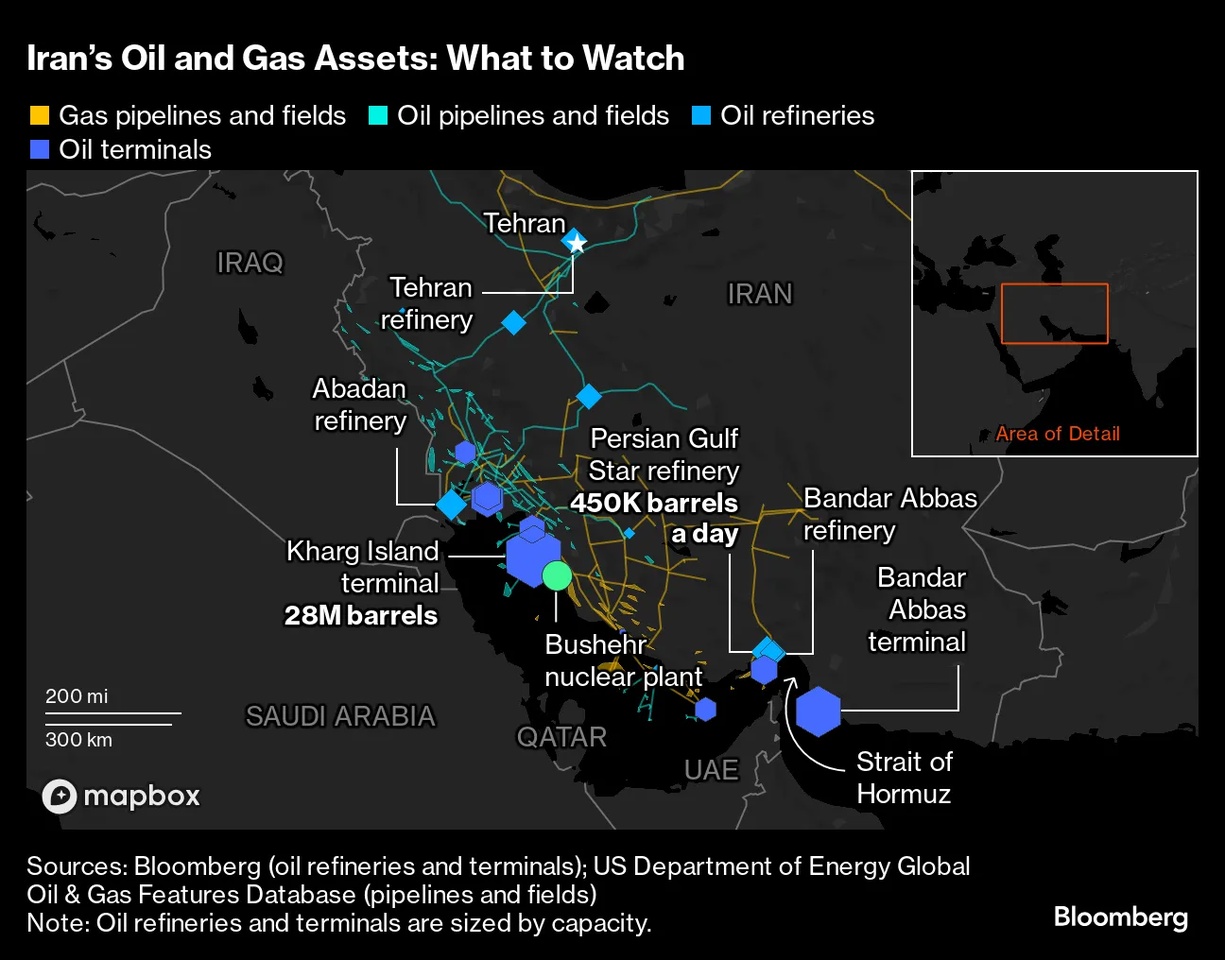
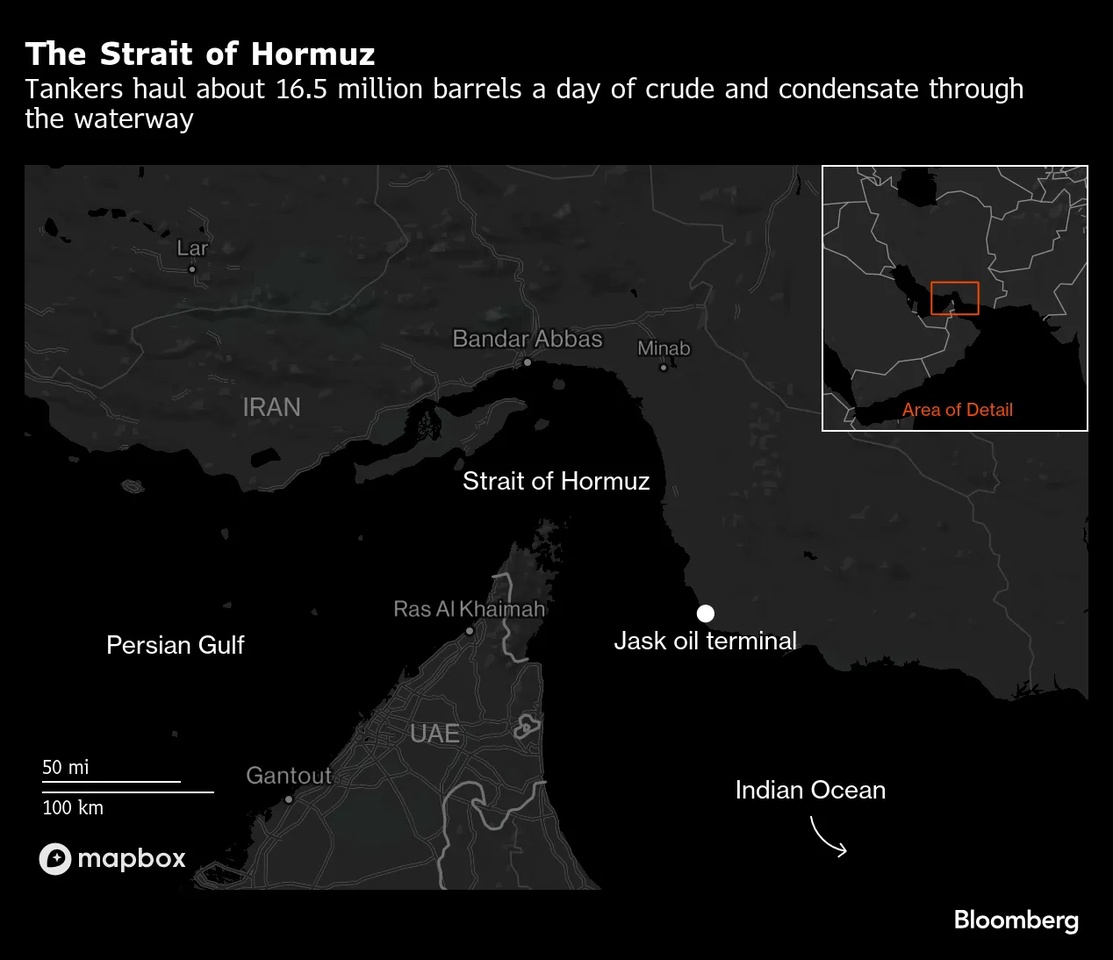
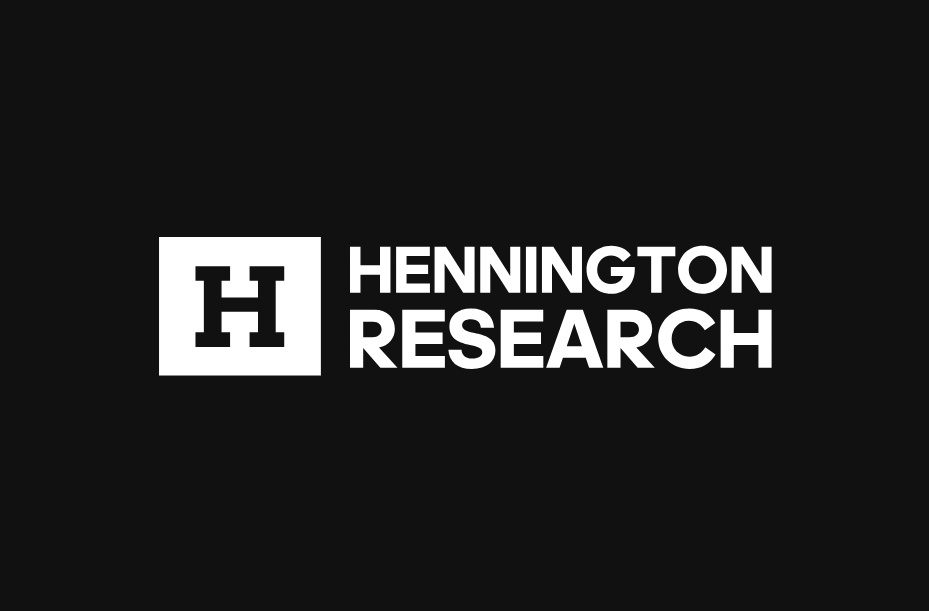
Crazy Gold Rush!
Over the counter, the US stock market is already deep in the red again. However, two players are not at all impressed by this: $965515 (+0.43%) and $BTC (-0.2%) even if the BTC is of course still a little below its ATH - the "real" gold is currently simply pulling away.
When will we see $4,000 here?
Despite all the UP UP UP, gold remains for me NOT an investmentbut merely a hedgewhich I will not sell.
So this week will be the 1000th time the share dip will be bought this week.
Let's go!
Gold Gold Gold, baby!
The price of gold $965515 (+0.43%) has reached a new all-time high of USD 3,220 per troy ounce - in the midst of geopolitical uncertainty and trade conflicts. No wonder the run on the precious metal is currently so strong.
I personally hold a small position - but what's next?
- A new high?
- A long sideways phase, as we have seen more often in the past?
- Or will $BTC (-0.2%) as "digital gold" and leave classic gold behind?
What do you think?
As always for me: gold only physically, more of a hedge than a speculative investment.
No, I think there will be a massive shift of US bonds into gold. US default is imminent and this needs to be hedged. Gold has a weighting of just over 0.5% in US portfolios. The long-term average is 2%. It could go there again under Trump.
My price target for gold since 2018 is around USD 4500 in 2026/27, but it could easily go even higher. It would be bad if the USD were to fall at the same time and the price rise were to pass EUR investors by. You need concepts...
Gold
I have 3.5 troy ounces here with a 155% gain since 2009 (my grandpa bought it at the time and left it to me).
I'm now considering whether I should continue to add to it and am thinking about whether I should buy it physically or as an ETF.
Before questions come up about ETFs or shares and why I'm not investing in them: I also have shares and ETFs but they run monthly with a savings plan anyway. I don't stress about adding to them.
Back to the question:
Would you buy gold physically? If so, where?
Or
digitally as an ETF? If so, which one?
Thanks for the input
I think it's very smart
Trending Securities
Top creators this week
















